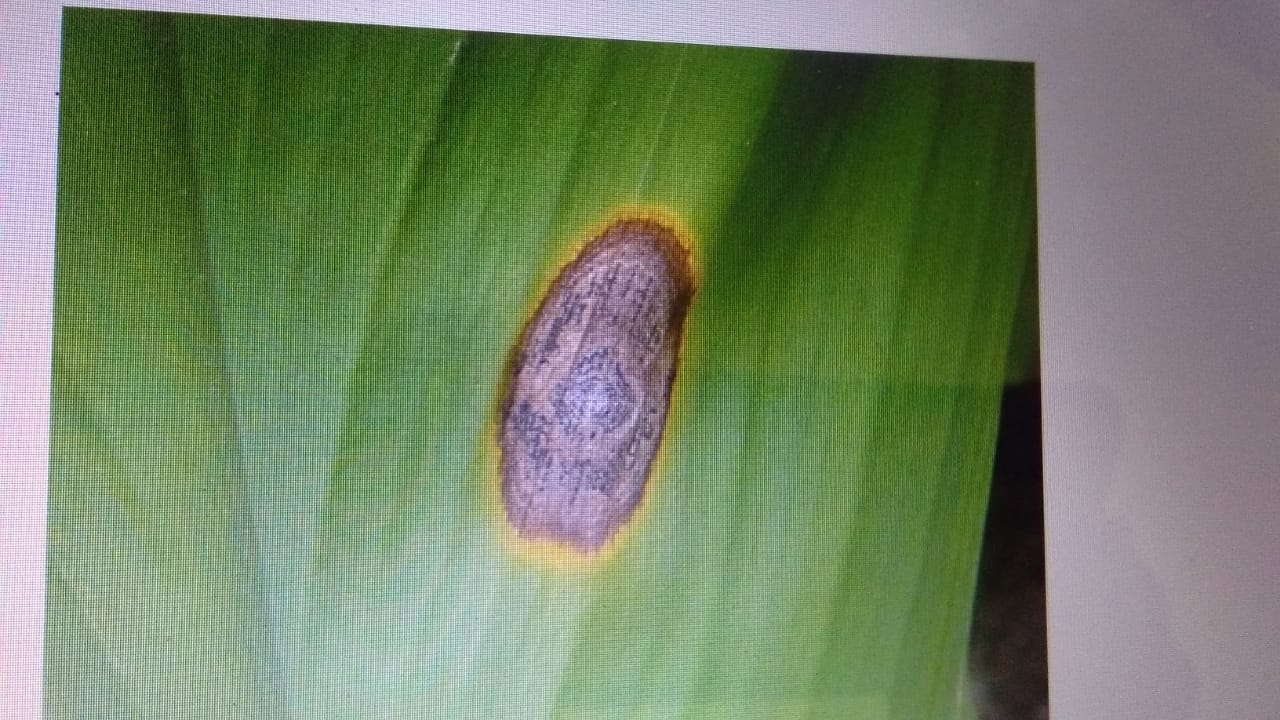
Exercise 1
LEAF SPOTS, BLOTCH, NET-BLOTCH AND SCAB
These are the most common symptoms appearing on leaves and fruits. Leaf spots are produced due to necrosis of tissues. Leaf spots are characterized as small necrotic areas, grey to brown in colour, with well defined margins. When leaf spots are large, irregular in shape and covered by mycelial growth, they are called Blotch. Blotch may be present on leaves, shoots and stems. When blotches have irregular streaks and stripes, then these are called as Net-blotch. In some cases, leaf spots present on leaves and fruits have thick layer of corky cells, such structures are called scabs.
Materials
Diseased samples of rice leaf spot (Drechslera oryzae), apple scable (Venturia inaequalis), tikka disease of ground nut (Cercosporidium personatum) and septoria leaf spot (Septoria tritici).
Procedure
- Visit the field and collect the samples of above mentioned fungal diseases.
- Examine carefully the symptoms on different samples and draw them on your practical manual.
- Prepare the cultures of isolated fungi.
Questions
- What is necrosis?
It is death of tissues.
- What is the former name of Drechslera genus?
- What are the favourable environmental conditions for apple scab?
Cool wet and cloudy weather in spring favours the disease development. Optimum temperature for the growth of the fungus is 16-24ºC.
- What is the name of perfect stage of apple scab?
Spilocaea pomi is the perfect stage of apple scab.


